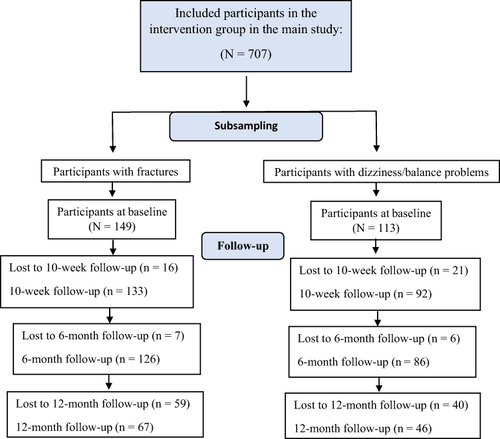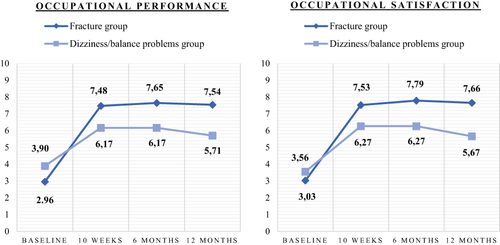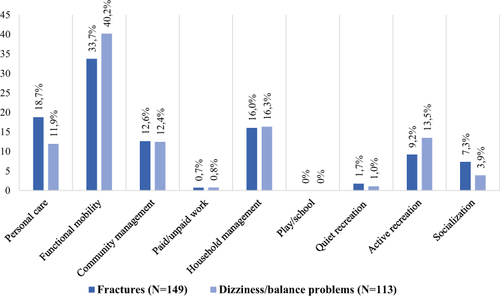Figures & data
Table 1 Participant Characteristics at Baseline
Table 2 Description of Changes in Mean Difference Scores in Primary and Secondary Outcome Measures from Baseline to 10-Week, Baseline to 6-Month, and Baseline to 12-Month Follow-Up in the Fracture Group and the Dizziness/Balance Problems Group, Respectively
Table 3 Description of Group Differences of COPM-P and COPM-S at 10-Week, 6-Month, and 12-Month Follow-Up, Estimated by ANCOVA



